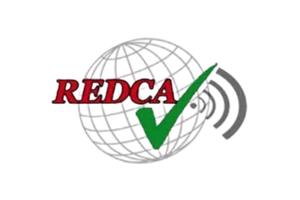The Radio Equipment Directive Compliance Association (REDCA) is a key trade and technical association in Europe, dedicated to ensuring that radio equipment placed on the market complies with European regulations and standards, particularly those set out in the Radio Equipment Directive 2014/53/EU (RED). Founded to support the activities of Notified Bodies as required by Article 26.11 and Article 38 of the RED, REDCA brings together a wide spectrum of stakeholders, including manufacturers, notified bodies, and regulators, fostering technical dialogue and the consistent application of regulatory requirements throughout the European Economic Area (EEA).
REDCA’s activities include developing and publishing Technical Guidance Notes, facilitating discussions among members, and organizing biannual meetings across EEA locations. The association acts as a conduit between members and key regulatory stakeholders, such as the European Commission, the European Telecommunications Standards Institute (ETSI), the Electronic Communications Committee (ECC), the Administrative Cooperation Group (ADCO RED), and authorities in Mutual Recognition Agreement (MRA) countries like the USA and Japan. These collaborations are vital for harmonizing equipment compliance procedures, resolving regulatory challenges, and advancing market surveillance.
Membership to REDCA is recognized as an indicator of compliance with certain RED obligations for Notified Bodies. The organization stores working documents on a protected EU Commission-managed platform, ensuring stringent data security and collaboration.
REDCA has played an instrumental role in the smooth implementation of both the RED and its predecessor, focusing on traceability, market surveillance, and engagement with standards and regulatory bodies. Its work is recognized for ensuring fair market access, reducing administrative barriers for manufacturers, and supporting the continuous improvement of the European radio equipment compliance framework


